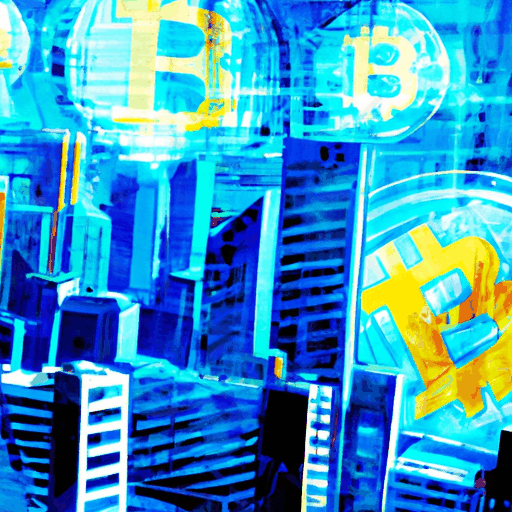
Regulatory Challenges and Institutional Concerns Hinder Ripple's XRPL DEX Usage
By: Eliza Bennet
Ripple, a significant player in the cryptocurrency space, is experiencing scrutiny over its XRPL decentralized exchange (DEX) usage for payment settlements. Despite Ripple’s substantial network of over 300 financial partners, the activity on XRPL's DEX remains surprisingly low. According to Ripple's Chief Technology Officer (CTO), David Schwartz, the key issue preventing wider institutional adoption is primarily the regulatory risks associated with on-chain transactions.
Schwartz emphasized that institutions have traditionally been more comfortable with off-chain digital asset transactions due to concerns about public liquidity pools and the inherent risks they pose. Such reluctance stems from fears of not being able to verify liquidity sources adequately. Schwartz illustrated this point by stating Ripple must ensure any liquidity provided isn't sourced from malicious actors, such as terrorists, before fully endorsing the use of XRPL DEX for settling payments. To mitigate these concerns, Ripple is actively working on introducing permissioned features within its ecosystem, which could help in identifying trusted liquidity providers and unlocking safer use of on-chain payment mechanisms.
The Ripple CTO maintained that despite these challenges, XRPL remains an attractive option for major financial institutions such as BlackRock, which could benefit from leveraging existing blockchain networks rather than developing their own. He compared this to Circle's approach with the USDC stablecoin, where scaling and interoperability benefits prompted Circle to utilize established public networks. Schwartz argues that public blockchains like XRPL offer asset mobility and infrastructure depth that private solutions fail to match, making them prime candidates for future large-scale tokenization projects.
Interestingly, while Ripple claims a considerable number of bank partnerships, transparency issues have surfaced regarding the on-chain data reflecting such partnerships. Critics, including entrepreneur Andrei Jikh, have vocalized these concerns, questioning the substantiation of Ripple’s institutional connections. Schwartz responded to these critiques by explaining that much of the settlement activity occurs off-chain, contributing to the low on-chain transaction volumes despite the vast network of partnerships. Ripple’s ongoing efforts to bridge these transparency gaps and regulatory hurdles could ultimately lead to broader institutional adoption and a surge in XRPL's utilization for global payment settlements.



